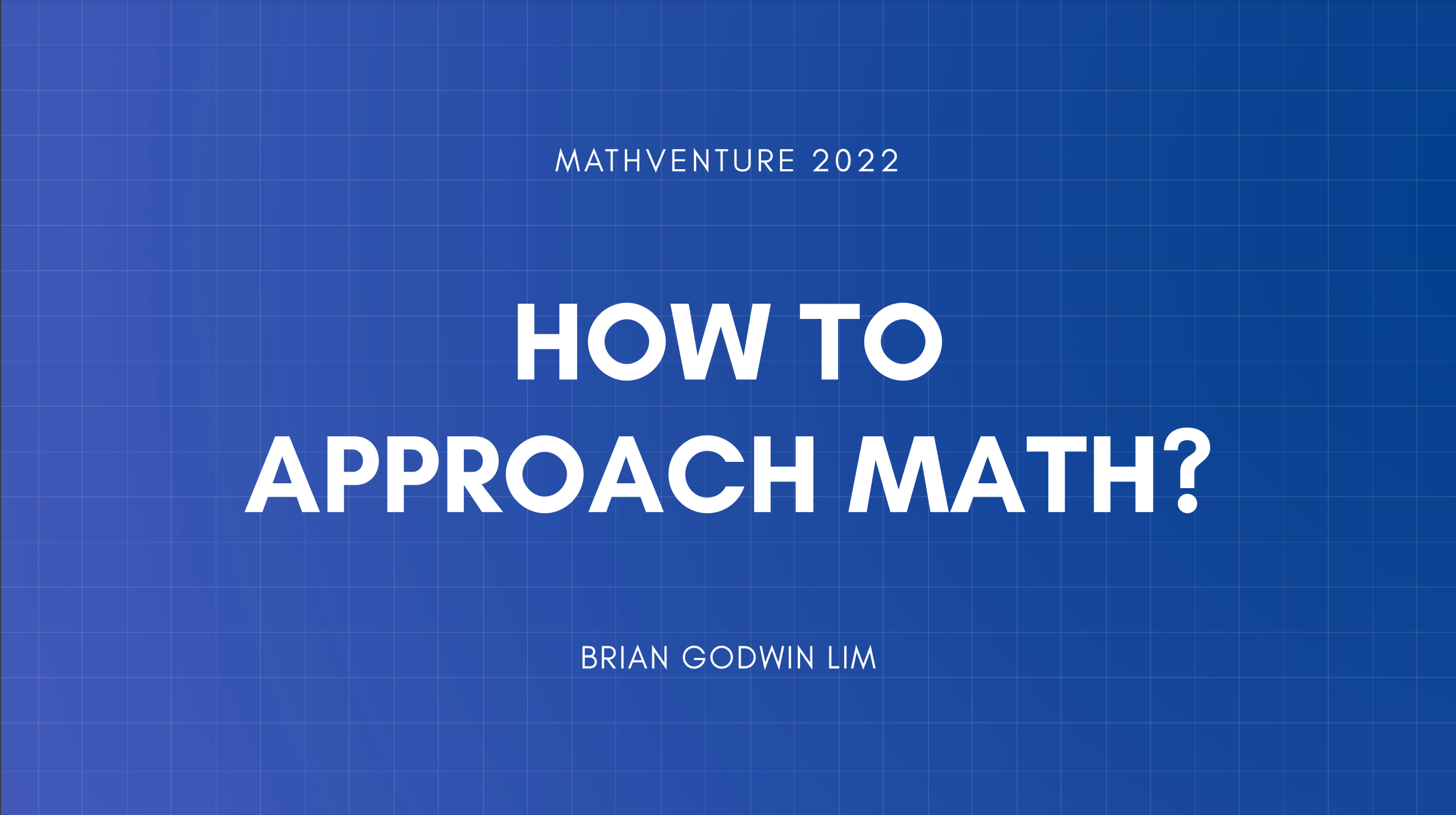Contextualized Messages Boost Graph Representations

Our paper Contextualized Messages Boost Graph Representations has recently been posted on arXiv (April 2025 update: published in TMLR). While the main theoretical results are presented in the paper, this post aims to provide an intuitive understanding of the motivation and findings. In summary, the paper theoretically justifies the need for anisotropic (i.e., a function of both the features of the center and neighboring nodes) and dynamic (i.e., a universal function approximator) message functions in graph neural networks (GNNs) and proposes a simple and computationally efficient model, the soft-isomorphic relational graph convolution network (SIR-GCN), satisfying this requirement that empirically outperforms comparable models.

